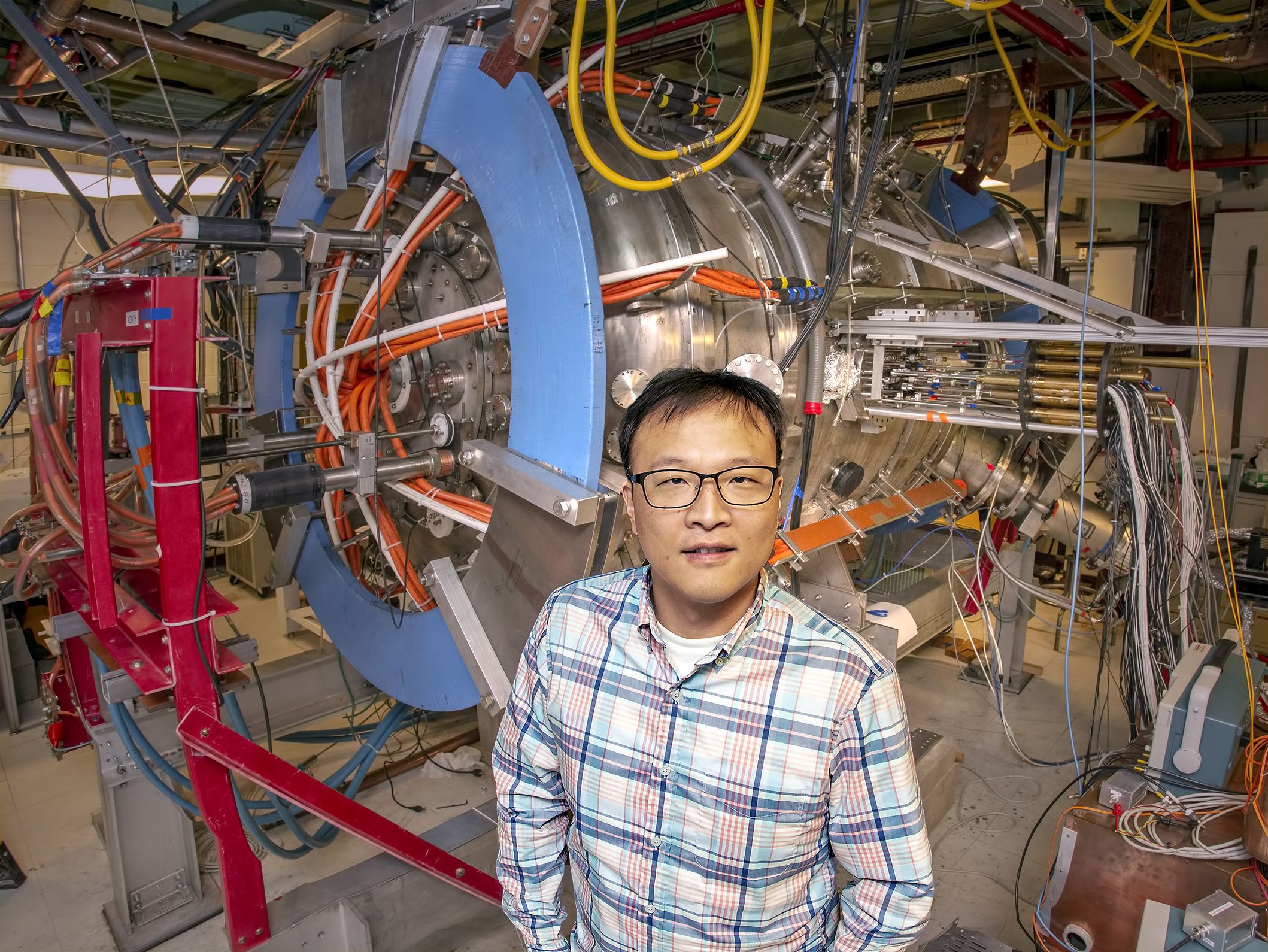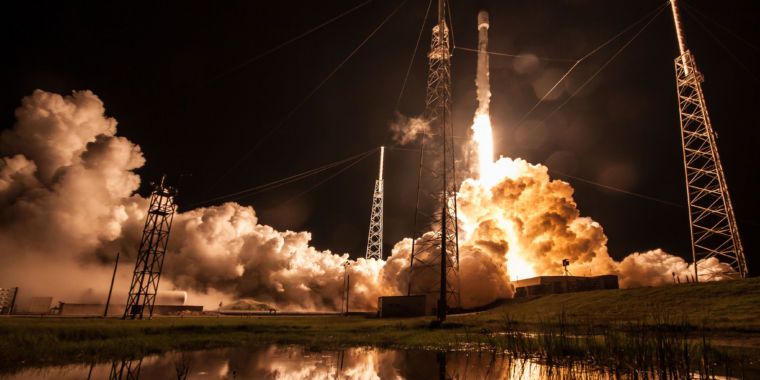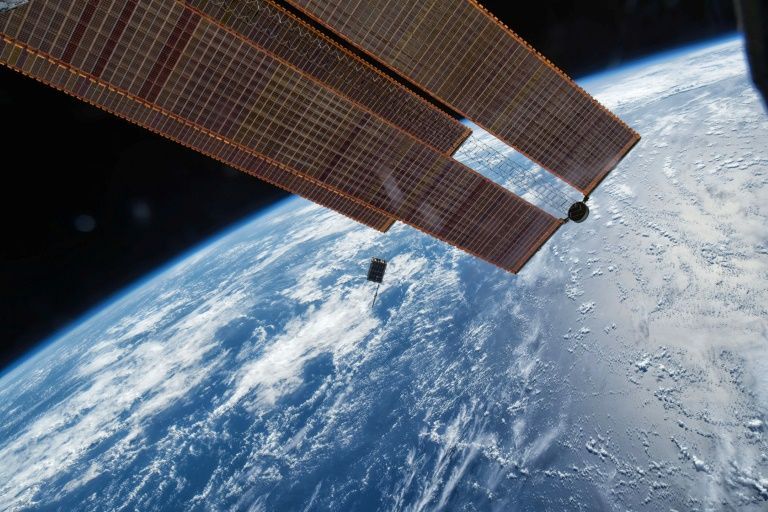Sep 29, 2018
A solid industrial perspective in the Geo-Lunar space
Posted by Adriano Autino in categories: 3D printing, habitats, satellites
Some industrial activities can give a ROI in a reasonable times. Recovery and reuse of space debris and wreckages, at least in its recovery part, is very much needed, for orbital safety. With proper orbital infrastructures, to capture debris, the logical next step will be to re-process them, getting powders for 3D printing, a platform for orbital ISRU, very first bricks of orbital factories. Assembly of satellites and vehicles in orbit is a large industrial perspective, that will decrease the cost of design, construction and launch: a first step towards a self sustaining space industrial development. There’s a number of in-orbit operations: transport and maintenance of satellites in orbit, refuelling stations, repair shops, orbital sites, orbital yards, spaceports, habitats. All the activities tied to space tourism, such as hotels and lodging facilities, passengers transportation systems (Earth-Orbit, inter-orbit, Earth-Moon). Products from zero gravity, asteroid and lunar mining are other very promising industrial activities, on which several startups were already born.
Priority to enabling technologies.


















